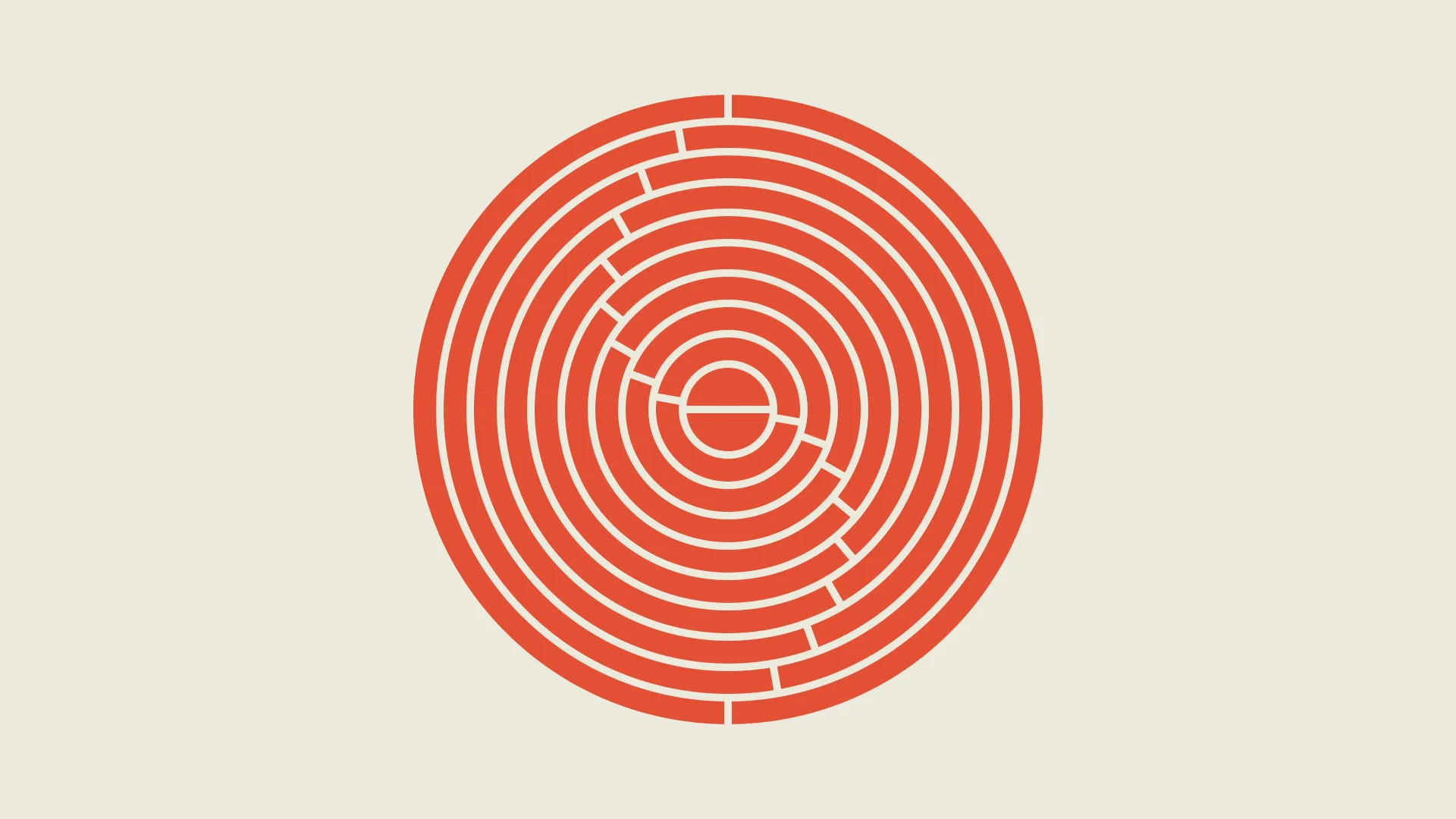
When easy is not enough
I’m guilty of using the words simple and easy interchangeably without understanding their differences.
After reading some dictionary entries, we can associate a few different qualities with those two words.
Simple; something that goes to the essential
Easy; something that involves minimal difficulty or low effort
Okay, so the word simple relates to the form. And the word easy relates to the effort needed to do something.
Easy is relative. An expert in a field can find a task easy, whilst a novice will find it hard to approach. The canned phrase “easy to use product” found on marketing websites is not always true. There is a learning curve to easiness, and your previous experience will set the bar.
Simple is universal. Something intuitive and immediately understandable is simple. A tumbler is simple; people of any era will find out how to scoop water and drink with it. There is an immediate, even spooky, connection. As if the behaviour and understanding are coded in our DNA or part of Carl Jung’s collective unconscious.
Can something be easy and simple at the same time? Yes, but I think the use of both words to describe it is redundant. The simpler something is, the more likely people will find it easy to use.
To understand something, it is always helpful to study the opposites or, in this case, the antonyms.
An antonym of easy is difficult.
An antonym of simple is complex.
I found coffee machines an excellent example of a product that can swing between easy or difficult to use and be simple or complex.
| easy | difficult | |
|---|---|---|
| simple | Filter coffee (e.g. V60) | Aeropress |
| complex | Nespresso | Espresso machine (e.g. La Marzocco) |
Using a filter coffee machine similar to the V60 is easy and simple. It doesn’t require much effort from the human operator, and the machine is merely a piece of glass and a piece of paper.
The Aeropress requires muscle power from the operator. Pushing down the plunger is sometimes challenging. The machine is simple; it’s made of plastic and uses mechanical energy transferred by a human.

A Nespresso machine is a no brainer. You pop in a capsule and press a button. However, the device is complex because it relies on electricity, an integrated circuit and sensors.
Finally, a proper barista machine is part of the “difficult and complex” quadrant. It’s a complex machine that uses electricity and sensors. Operating and maintaining it requires training and experience.
Of course, all these machines don’t make the same style of coffee. The interesting thing here is to compare where they sit on the easy and simple spectrum. We could do the same exercise with bikes and cars. What are other examples coming to your mind?
So, François, why are we talking about this? Why does it matter? As makers and designers, we should strive to make products that fit the easy-simple and difficult-simple quadrants. When you think about it, a V60 makes life easier. The device is easy to operate and maintain. On the environmental side, it has a low impact. Indeed it doesn’t require electricity and is made of environmentally friendly materials.
Funnily enough, making something simple is difficult.